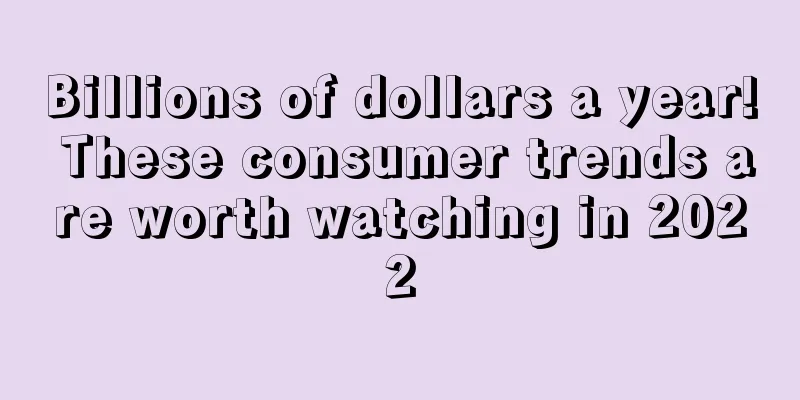Online shopping surges as European consumers prioritize online shopping

|
As shown in the figure above, when we compare the charts for 2021 and 2020, we can see a more obvious difference. The most obvious is that online shopping volume during the peak season in 2020 continued to grow, while online shopping volume in the first few months of December 2021 grew more slowly.
However, the growth trend of holiday shopping in December 2021 shows us a positive change in the average number of online purchases per consumer per month. Among them, British consumers have the highest average purchase volume, Germans rank second, and the Dutch rank third, but with the largest increase; Norway ranks fourth with 4.1 online purchases, but it is still a significant increase.
Compared with 2020, e-commerce volumes are still lower, but people seem to have gotten used to the ravages of the pandemic this year, so 2020 was an extremely abnormal year, while 2021 is a more normal year for e-commerce growth.
Although offline retail has gradually begun to recover, online shopping has not been greatly affected. Data shows that the online share of total spending in these European countries has increased.
In December 2020 , the share of online spending in the Netherlands was 47%, rising to 49% in December 2021. In Germany, the share of online spending in total spending reached 48% in 2021, an increase of 1 percentage point compared to 2020. Norway's share of online spending also grew, rising from 36% in 2020 to 38%. The United Kingdom (only) achieved the highest share of 57% in December 2021.
During the peak season in these countries, the percentage of online spending increased while the percentage of offline spending decreased, which means that consumers prioritize online shopping over physical stores during this busy festive period of the year.
In summary, the 2021 peak season showed an increase in online shopping. The average number of online purchases per month may not be as high as in 2020, but the peak season is indeed worthy of the name. Consumers are buying more and more online compared to offline. In addition to the continued increase in consumers' online purchases, consumers have also become more loyal to online channels in 2021 since 2020.
Therefore, it can be foreseen that the European online market still has huge potential in 2022. How to enhance the competitiveness of their own brands and increase the repurchase rate of products remains the primary issue that e-commerce sellers need to pay attention to. Europe Buy Online |
<<: eBay to automatically protect seller ratings as snowstorm hits southeastern U.S.
>>: Home furnishings consumers prefer Etsy
Recommend
Following the "Amazon tax", the UK set up a digital market department to fight against technology giants
Foreign media reported that the UK established th...
Prime Minister orders investigation! Temu's low-priced products may be boycotted by this country
Last week, Temu quietly launched in Thailand, suc...
Taobao and Tmall announced 618 merchant relief measures, cross-border merchants can get these supports
Due to the frequent outbreaks of the epidemic, ov...
The market share will exceed 800 million US dollars, and the US fishing equipment industry has a bright future
Fishing is one of the most popular outdoor recrea...
Seller quits Amazon after selling store for 20 million
One of the main ways for domestic sellers to enga...
What is Sprout Social? Sprout Social Review, Features
Sprout Social is a social media marketing manageme...
Beware! US human rights organizations turn their attention to Xinjiang red dates
Recently, American human rights organizations hav...
Selling $400,000 a day, independent website sellers should pay attention to these points when creating hot products...
On the afternoon of May 8, 2021 , Enen.com succes...
84% of British people value return efficiency when repurchasing goods
According to the latest survey released by Klarna...
What is Yinshengbao? Yinshengbao Review, Features
<span data-docs-delta="[[20,{"gallery"...
How to enter AE Mall has become a hot topic in the cross-border circle. AliExpress has set up an exclusive service channel to answer questions for merchants
If you are engaged in cross-border e-commerce, do...
Indonesia consumer confidence expected to recover next month
According to foreign media reports, Indonesia'...
Breaking sales records! Revealing the new tricks of sellers who have achieved huge sales in three months since joining Shopee
As the digital wave penetrates deeply, people'...
Ulta Beauty's online business in the United States continues to be strong, with sales increasing by 70%
Digital sales at Ulta Beauty , a U.S. cosmetics r...
What is buyqi? buyqi Review, Features
buyqi can provide companies with accurate, detaile...









